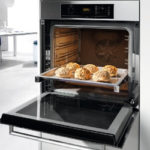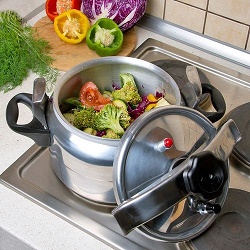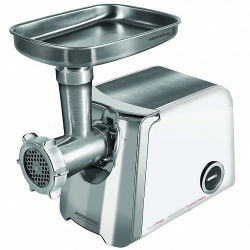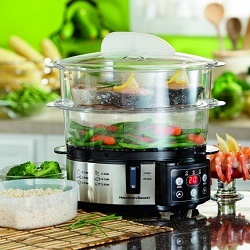Glassware for the oven: types, advantages and disadvantages
Glassware for the oven has become an indispensable attribute in cooking. Materials for the manufacture of dishes are different: metal, plastic, glass ceramics. The reason why glassware is gaining popularity is due to its strength and heat resistance, and besides glass, in addition to a plate, it can be placed in a microwave oven. As for the microwave, there is no problem with the use of such dishes, tempered glass quietly withstands up to 300 and even up to 450 degrees. This is a big plus for those who are used to using the oven.
Content
Oven glass and its basic properties
The first thing I want to mention - transparent form. It is much more convenient than cooking in traditional dishes, besides, you can always see at what stage the dish is and turn it over (turn down or add temperature), if necessary. The thickness of the glass itself does not allow the just cooked dish to cool quickly, this is achieved due to the poor thermal conductivity of the material.
Glass for any oven is chemically passive, that is, does not enter into a chemical reaction with food, which allows them to retain their original taste characteristics.
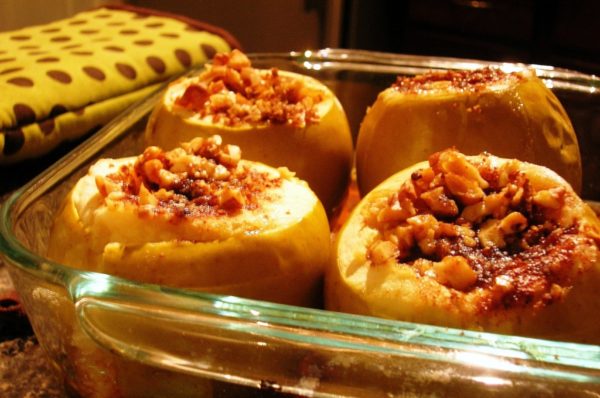
Also glass, that is any glass container for an oven, perfectly is suitable for storage cooked food due to its ability to withstand high and low temperatures. However, we should not forget that not a single material from which any dishes are made (be it glass or glass ceramics) likes a sharp temperature drop. It is best to put already cooled food in the fridge.
In addition to environmental friendliness, glass for a modern oven can also be called aesthetic, because the cooked dish can be served directly in it, it will look just great. And one more unconditional advantage of this type of ware - strength and durability. Scale is not formed on it, moreover, high-quality glass for a modern oven is not damaged due to the influence of various detergents. For obvious reasons, there is no corrosion.
If you follow the simple rules of operation, such dishes can last for quite a long time, perhaps more than a dozen years, it is unlikely that they will need to be replaced.
As a rule, the glass for any model of the oven does not require any special care, it is easy to clean, because it does not burn anything. Microcracks and scratches formed on pans and coated plates, over time, cause the dishes to become unusable, in the case of glass such a problem is not observed, and this is another advantage for which many hostesses prefer it.
The disadvantages of glassware
It is important to understand that the ideal kitchen utensils simply do not exist. And glassware has its drawbacks:
- For example, the glass, though hardened during manufacture, but still remains quite sensitive to extreme temperatures. For example, if you add cold liquid or products to the already hot surface during cooking, the glass may crack.
- The glass-ceramic type of cookers and the electrical cabinet (for example, from the Hans brand) are more resistant to such drops, where the heat distribution occurs more evenly than in a gas oven, heated mainly from the bottom. This reduces the risk of damage to glassware.
In part, the uniform distribution of heat will help protect glassware from sudden changes in temperature, although it does not exclude this possibility completely.
- Another disadvantage is fragility material. Of course, the manufacturer tries to make their dishes as strong as possible, but, for example, a drop from the kitchen table or improper storage can cause significant damage. Any thing requires careful handling of yourself, therefore, the more carefully the user will handle the glass, the longer it will last.
- Separately, it should be noted storage features. You should not store the glass baking pan vertically or put heavy objects on the pan. There is a risk that when the strength is reached, a small piece may break off from the glass container or a crack will form.
Another controversial drawback can be considered poor heat conduction. Even an electric stove, in which all the heat on the other side of the inner glass is distributed fairly evenly, is not able to guarantee perfect baking. In this case, more oil or other liquids have to be added to eliminate raw, unbaked portions of the dish. In addition, you may have to more often monitor the degree of cooking dishes visually, "by eye". This feature is also the reason why they do not cook in glass pots on a gas stove or an open fire, for example, outside the city.
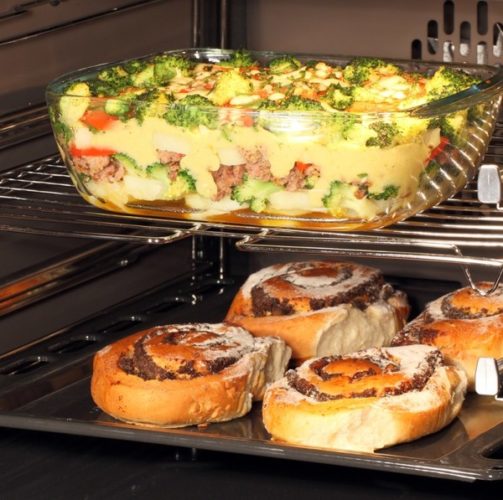
Peculiarities of care
Longevity and neat appearance are provided only with proper storage and maintenance of glass containers. If, however, to neglect these simple rules, then soon the dishes may dim, lose their original luster and transparency. A few recommendations listed below will help keep capacity long term:
- Cool and heat the glass should be gradually, not immediately, even if the label indicates that the dishes can withstand high temperatures.
- Outside, the glass must always remain dry, and its inner surface is treated with the necessary amount of liquid (depending on the recipe).
- In no case add cold or cool liquids (for example, the cooled mass for baking) to the heated (red-hot) glassware, this can lead to negative consequences.
- Do not forget that safety precautions remove the dishes from the oven with oven mitts, preferably dry. It is necessary to be afraid, that glasses of an oven have not burned hands.
- It is forbidden to place hot glass on a cold or wet surface.
- To clean the surface of glassware is not desirable to use metal brushes, scrape the dishes with a knife, it can cause damage to the surface.
Another security measure is to place glass containers in a cold or slightly warm oven; they must be heated together. Do not put the dishes at room temperature in a hot oven.
Tara glass is cleaned of grease and other contaminants much easier than dishes from other materials, requiring active physical and chemical effects on its surface. This is largely due to the smoothness of its surface. Glass easy to clean both manually and in the dishwasher.Even with strong pollution (dried fat stains, remains of croup stuck to the walls), you can simply soak the glassware for a while, and then wash it with a regular sponge.
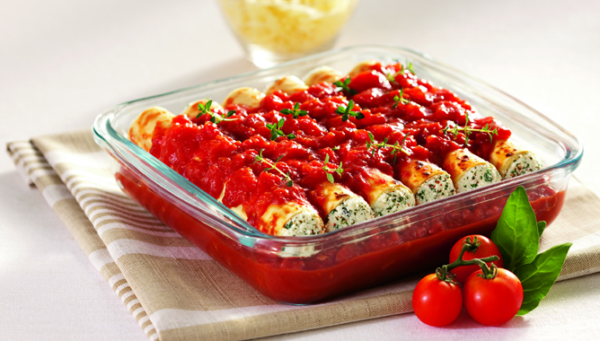
Features of the selection of glassware
The first thing you should pay attention to when choosing glassware for the oven is lack of irregularities on a surface. Proven manufacturers who value their reputation have quality control. Do not rarely find air bubbles, deep scratches on the case or uneven edges in dishes of famous brands. It is also worthwhile to make sure that the glass is monotonous and translucent, without stains and dimness, which can be clearly seen if you look through it.
On tempered glass containers most often available thermal labeling. If there is no marking, then such dishes are not suitable for cooking in the oven. It is important that the lid of the glass pan be flat; in this case, it will be more convenient to store such containers according to the principle of the matryoshka (small to large).
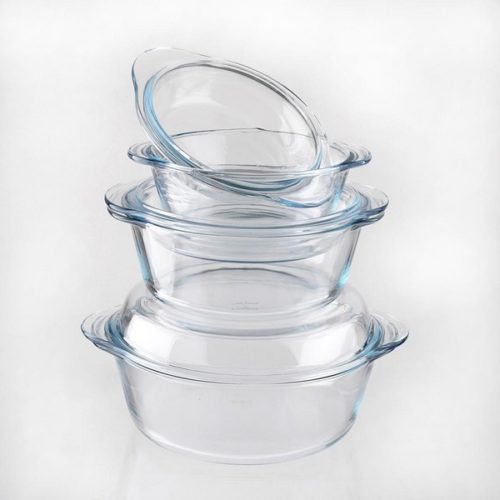
Glass packaging is most often chosen for its stylish appearance, a number of advantages (many different functions), durability and ease of operation.
Unlike Teflon and metal, food does not stick to glass, therefore, does not burn. If the dishes are very dirty, the glass does not have to be rubbed to shine, it will be enough just to soak and wait a while (a few minutes). As for the choice, then when buying, it is worthwhile to examine the dish body more closely for the absence of defects. Glass things love respect, and if you follow fairly simple rules of operation, they will last a very long time.
Conclusion
Tempered thermal glass ware is an excellent tool to pamper yourself and your family, surprise guests or hone your culinary skills. To do this, there are many recipes on the Internet, and a wide choice of manufacturing companies on the market will enable any potential buyer to feel like a refined cook. In addition, it is rather difficult to imagine a modern kitchen without an oven, a microwave oven and glassware, in which a wide range of various dishes is made and served.
Some recipes are specifically designed to be served in a transparent open bottom bowl,while others imply the definition of readiness only by sight, in both cases the glassware for the oven will be simply indispensable.

/rating_off.png)






